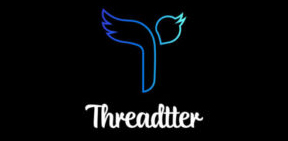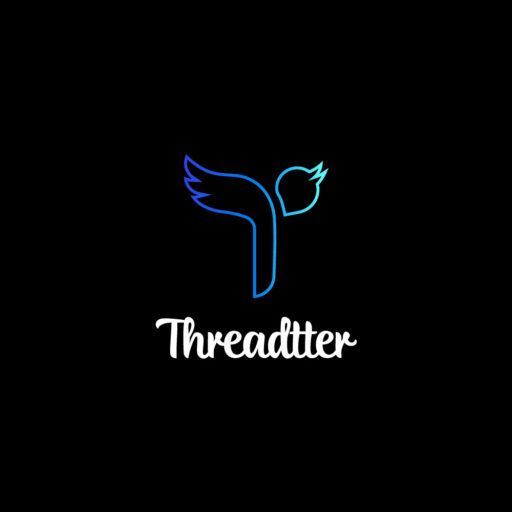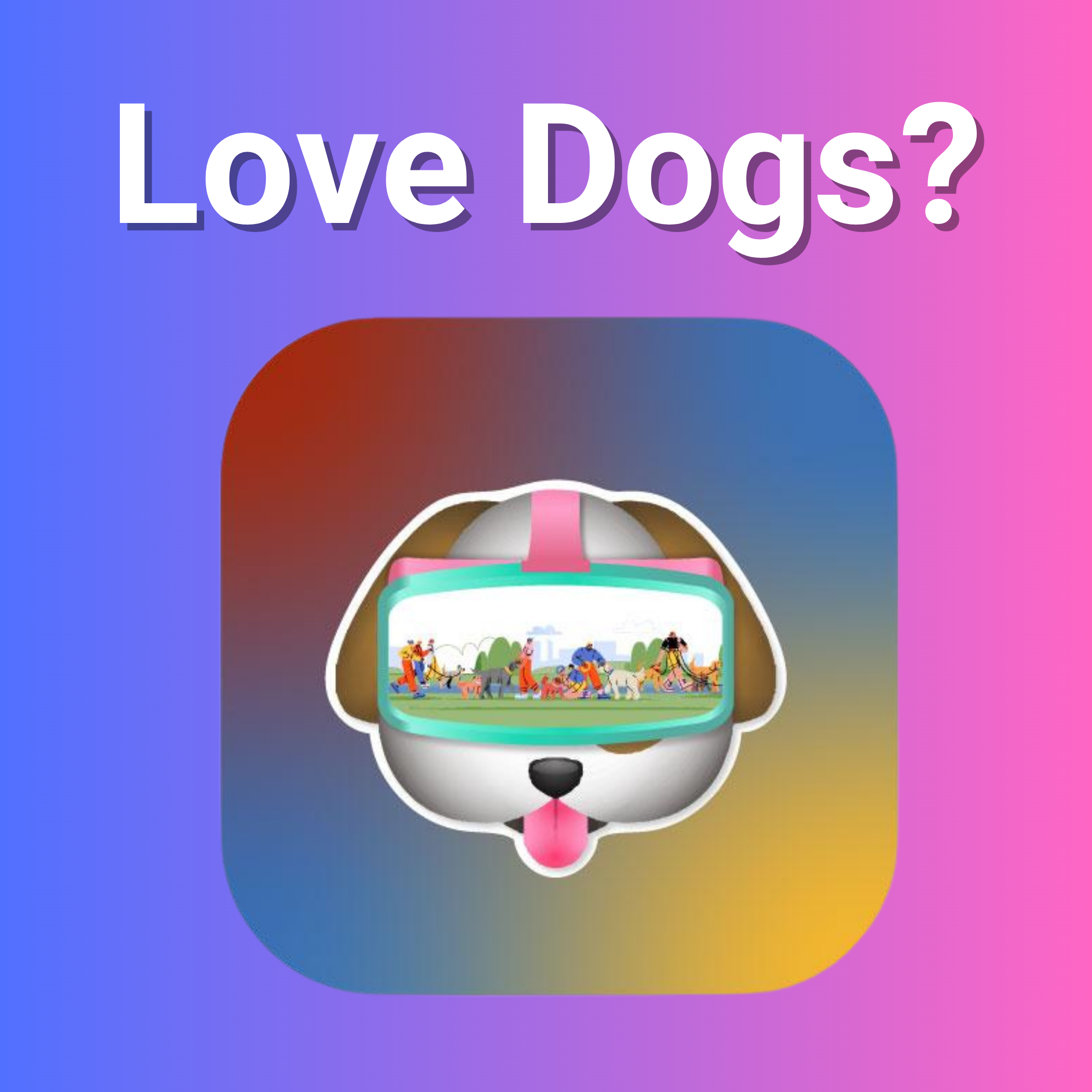When TikTok burst onto the global stage, many industry giants took notice—but not all of them responded swiftly. Mark Zuckerberg, the mastermind behind Meta (formerly Facebook), was among those who initially underestimated the power of this new, fast-growing platform. What seemed like just another short-form video app quickly became a cultural phenomenon, capturing the attention of Gen Z and reshaping the social media landscape. But why did Zuckerberg, known for his visionary approach, fail to recognize TikTok’s potential threat early on? This article dives into the strategic missteps, the shifting digital dynamics, and how Meta is now scrambling to reclaim its dominance.
The Early Miscalculation
When TikTok—originally launched as “Douyin” in China in 2016 and internationally as TikTok in 2018—started gaining traction, many viewed it as a niche app for lip-syncing and dance challenges. Zuckerberg, whose focus was on expanding Facebook’s dominance and integrating Instagram’s Stories feature to compete with Snapchat, didn’t see TikTok as an immediate threat.
- Underestimating Short-Form Video
Meta believed that Instagram and Facebook already catered to video-sharing needs through IGTV and Stories. However, TikTok’s success wasn’t just about video—it was about how videos were discovered. TikTok’s algorithm-driven, highly personalized “For You Page” created an addictive user experience that kept people engaged far longer than Instagram’s more curated feed.
Engagement Metrics Comparison (2020):
| Platform | Average Session Length | Daily Active Users Growth |
| TikTok | 52 minutes | 300% |
| 28 minutes | 50% |
- Cultural Disconnect
TikTok tapped into Gen Z’s desire for authentic, unfiltered content, while Facebook and Instagram were increasingly associated with polished, curated lifestyles. Zuckerberg’s platforms, designed around social connections and networks, couldn’t immediately replicate the viral, trend-driven culture that TikTok fostered. This misalignment with evolving user expectations contributed significantly to Meta’s delayed response. - Global Expansion Blind Spot
TikTok’s rapid global expansion, especially in emerging markets, outpaced Meta’s expectations. While Meta was focused on established markets, TikTok quickly became the go-to app for younger audiences worldwide. This aggressive international growth strategy allowed TikTok to build a robust global presence before Meta fully grasped the platform’s potential.
Global Download Statistics (2019-2021):
| Year | TikTok Downloads | Instagram Downloads |
| 2019 | 738 million | 444 million |
| 2020 | 850 million | 503 million |
| 2021 | 656 million | 545 million |
Meta’s ‘Intense Year’ Ahead: What Employees Can Expect from Zuckerberg’s 2025 Plans
Meta’s Response: Playing Catch-Up
Realizing the growing threat, Zuckerberg pivoted Meta’s strategy to counter TikTok’s dominance. However, the response was reactive rather than proactive, highlighting a rare moment of strategic oversight in Meta’s otherwise aggressive approach to competition.
- The Launch of Reels
In 2020, Meta introduced Instagram Reels, a direct competitor to TikTok’s short-form video format. Reels were prominently integrated into Instagram’s interface and later introduced on Facebook. While Reels gained traction, the platform’s attempt to mimic TikTok’s formula exposed Meta’s struggle to innovate independently in this space.
Reels Impact (2023):
- Over 140 billion Reels are played daily across Facebook and Instagram.
- Reels now account for 20% of users’ time on Instagram.
- Monetization and Creator Incentives
To attract TikTok influencers, Meta introduced enhanced monetization tools, including ad revenue sharing and in-app tipping features like Stars. However, TikTok’s early adoption of creator-centric tools and community-building initiatives made it difficult for Meta to lure top influencers away.
Creator Engagement Stats:
- $1 billion allocated to support creators through 2025.
- 30% increase in creators monetizing content on Meta platforms in 2023.
- Algorithm Overhaul
Meta revamped its recommendation algorithms to prioritize engaging, personalized content similar to TikTok’s “For You Page.” This shift marked a significant change from the traditional friend-network-centric model. However, replicating TikTok’s algorithmic success proved challenging, as Meta’s legacy platforms were not originally designed for such discovery-driven experiences.
Meta’s Fact-Checking Controversy: Why Zuckerberg is Moving to Community Notes
Challenges in Regaining Ground
Despite these efforts, Meta faces several hurdles in its battle against TikTok:
- Perception and Brand Loyalty
TikTok is seen as the platform for creativity and trends, while Meta’s platforms are often viewed as spaces for older generations. Rebranding Facebook and Instagram as “cool” again is a formidable challenge. The perception gap is compounded by Meta’s association with privacy scandals and its role in political controversies. - Regulatory Scrutiny
Both TikTok and Meta face regulatory challenges, but Meta’s history of privacy scandals and antitrust issues may limit its flexibility to innovate. Additionally, Meta’s attempts to acquire potential competitors are now heavily scrutinized, restricting its ability to neutralize threats through acquisition—a tactic that worked effectively in the past with Instagram and WhatsApp.
Regulatory Snapshot:
- Meta’s compliance costs are projected to rise by 25% in 2025.
- Ongoing antitrust lawsuits could impact Meta’s acquisition strategies.
- TikTok’s Continuous Innovation
TikTok continues to innovate rapidly, introducing features like TikTok Shopping, live streaming, and expanded creator tools that keep users engaged. Unlike Meta’s iterative approach, TikTok’s ability to pivot and introduce groundbreaking features at a rapid pace keeps it ahead in the race for user attention.
TikTok Feature Growth:
- TikTok Shopping contributed to $4.6 billion in revenue in 2023.
- Live streaming usage on TikTok increased by 75% year-over-year.
Meta’s Hybrid Work Policy: Why Zuckerberg Thinks ‘The Status Quo is Fine’
Critical Analysis: Lessons from the Misstep
Zuckerberg’s initial underestimation of TikTok reflects a broader challenge that established tech giants face: the difficulty of recognizing and adapting to disruptive innovation. Meta’s dominance created a sense of invincibility that may have clouded its ability to identify emerging threats from smaller, agile competitors.
- Innovation vs. Imitation
Meta’s strategy often hinges on acquiring or replicating successful competitors. While this worked with Snapchat’s Stories and WhatsApp’s messaging model, TikTok’s distinct cultural and algorithmic strengths proved harder to copy. This highlights the limitations of imitation as a long-term strategy. - The Role of Culture in Tech
TikTok’s success is deeply rooted in understanding youth culture, meme dynamics, and the psychology of viral content. Meta’s corporate structure and focus on legacy platforms may hinder its ability to stay culturally relevant with younger audiences. - Future Implications for Meta
To stay competitive, Meta must not only improve existing features but also foster a culture of innovation that prioritizes user experience over platform dominance. This includes investing in emerging technologies, supporting grassroots creator movements, and addressing the evolving needs of digital natives.
Conclusion
Zuckerberg’s initial underestimation of TikTok underscores the importance of understanding cultural shifts and technological trends in the social media landscape. While Meta has made significant strides in adapting to the short-form video craze, reclaiming dominance will require more than just feature replication—it demands innovation, authenticity, and a deep understanding of the evolving digital culture. The battle between Meta and TikTok is far from over, and as the platforms continue to evolve, the true winner will be determined by who can capture the hearts and minds of the next generation of digital natives.
Future Outlook:
| Year | Projected Global User Growth (TikTok) | Projected Global User Growth (Meta) |
| 2023 | 1.2 billion | 2.96 billion |
| 2025 | 1.6 billion | 3.1 billion |
| 2030 | 2.0 billion | 3.3 billion |


